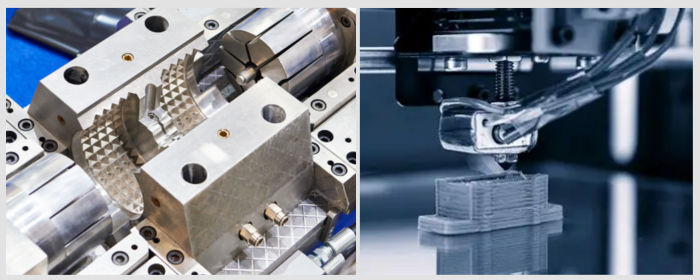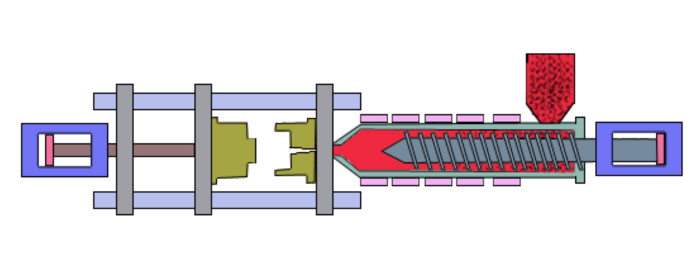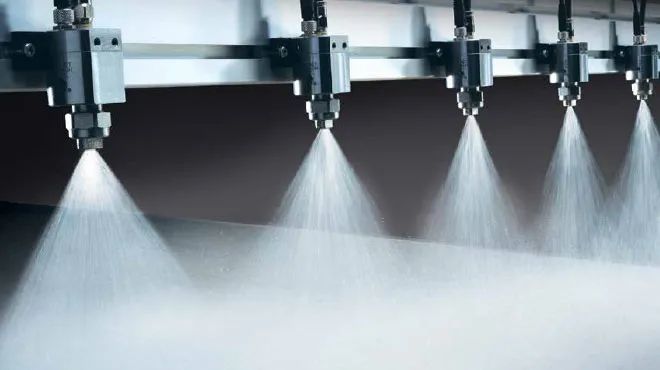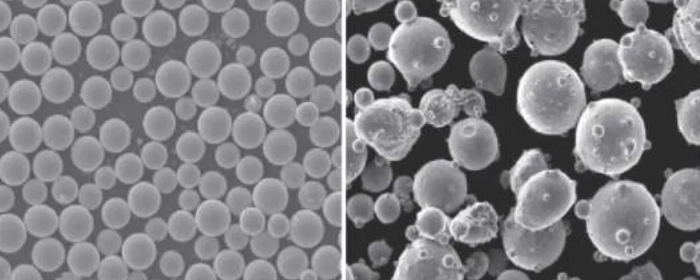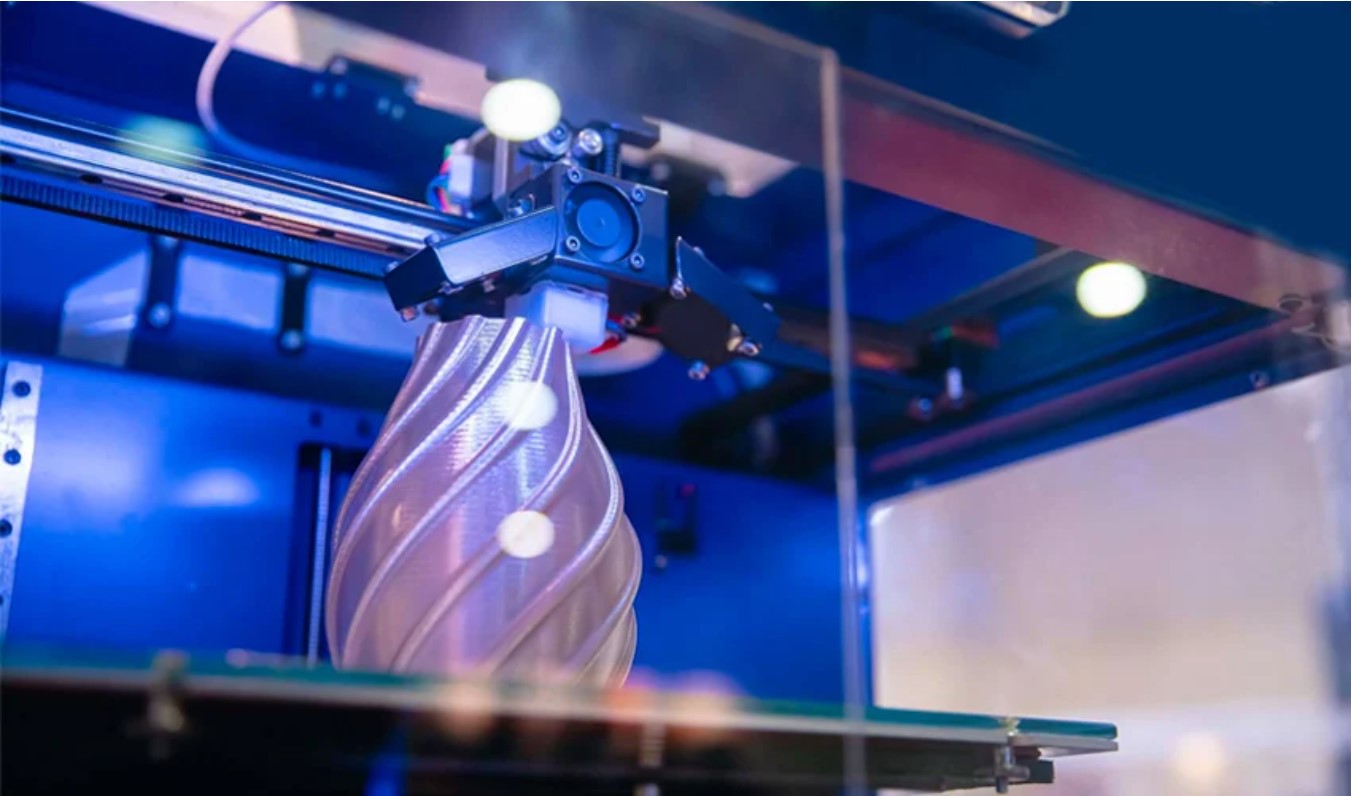

Titanium and its compounds play an important role in modern industry because of their unique properties. Although titanium powder and titanium dioxide contain titanium, they have distinct characteristics and uses.
Titanium powder is made from metallic titanium through specific processes. The main methods of preparation include mechanical processing, chemical reduction, and gas atomization.
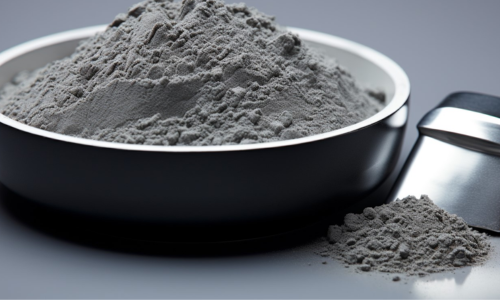
Fig 1. Titanium powder is silver gray
Titanium dioxide (TiO₂) is a white solid or powdered amphoteric oxide. It is a non-toxic, white inorganic pigment with the best opacity, whiteness, and brightness, and is considered the best white pigment in the world today.

Fig 2. Titanium dioxide powder is white
Although both titanium powder and titanium dioxide contain titanium, they are fundamentally different.
Titanium powder is a metallic powder that retains titanium's metallic properties, such as high strength, low density, and biocompatibility. It is primarily used in metalworking, medical, and aerospace fields.
Titanium dioxide is an inorganic oxide powder with stable chemical properties and photocatalytic activity. It is mainly used in pigments, sunscreens, photocatalysis, and environmental applications.
Thus, titanium powder and titanium dioxide differ significantly in their physical properties and application areas, and they are not the same material.
.png)
Fig 3. Titanium Powder vs Titanium Dioxide
Transforming titanium dioxide (TiO₂) into metallic titanium is not easy. This process requires high temperatures, significant energy consumption, and specialized equipment. TiO₂ is a very stable compound and is commonly reduced through complex chemical methods such as the Kroll process, which involves the use of reducing agents like chlorine, carbon, and magnesium. Additionally, the entire process requires strict control of reaction conditions to ensure the production of pure titanium metal. The main steps to convert titanium dioxide (TiO₂) into metallic titanium are as follows:
1. Chlorination Reaction:
First, titanium dioxide is reacted with chlorine gas and carbon at high temperatures to produce titanium tetrachloride (TiCl₄) and carbon dioxide.
TiO2+Cl2+C→TiCl4+CO2
2. Purification of TiCl₄:
Titanium tetrachloride is purified through methods such as distillation to remove impurities.
3. Reduction Reaction (Kroll Process):
The purified TiCl₄ is reacted with magnesium at high temperatures to produce metallic titanium and magnesium chloride.
TiCl4+2Mg→Ti+2MgCl2
4. Separation and Purification:
The metallic titanium sponge is separated through cooling and washing steps, followed by further purification to obtain high-purity metallic titanium.
Both titanium powder and titanium dioxide play important roles in industrial, medical, and environmental fields. Titanium powder is widely used in aerospace and medical implants due to its metallic properties and high strength, while titanium dioxide is crucial in coatings, sunscreens, and environmental applications due to its chemical stability and photocatalytic properties. Understanding the differences between these two materials helps in utilizing their strengths for different needs.
Stanford Advanced Materials (SAM) is dedicated to the research and development of spherical powder technology. We supply a variety of 3D printing metal powders, refractory metal powders, titanium, aluminum, stainless steel, cobalt, chrome, nickel, copper, etc. SAM provides Titanium powder and TiO2 with different particle sizes. If you are looking for high-quality additive manufacturing materials, please get a quote.
1. Can titanium powder and titanium dioxide be used interchangeably?
No. Titanium powder is a metallic powder used where high strength and lightweight properties are needed, while titanium dioxide is an oxide used in pigments, photocatalysis, and sunscreens.
2 Can titanium powder be used in 3D printing?
Yes, titanium powder is often used in metal 3D printing, particularly for making high-performance parts in the aerospace and medical fields.
3. Is titanium powder biocompatible?
Yes, titanium powder is highly biocompatible and is commonly used to manufacture medical implants and dental instruments.
4. Is titanium dioxide safe?
Titanium dioxide is considered safe in most applications, especially in external products like sunscreens and paints. Many regulatory bodies also approve food-grade titanium dioxide for use in foods.

